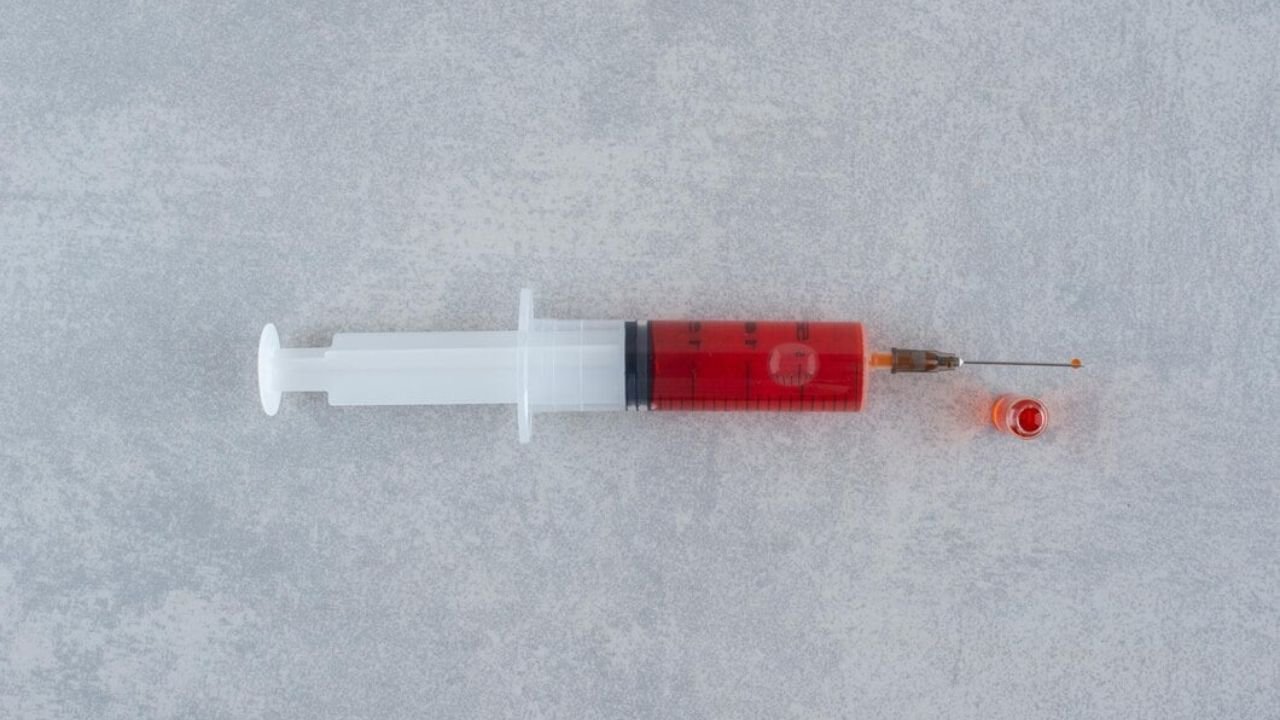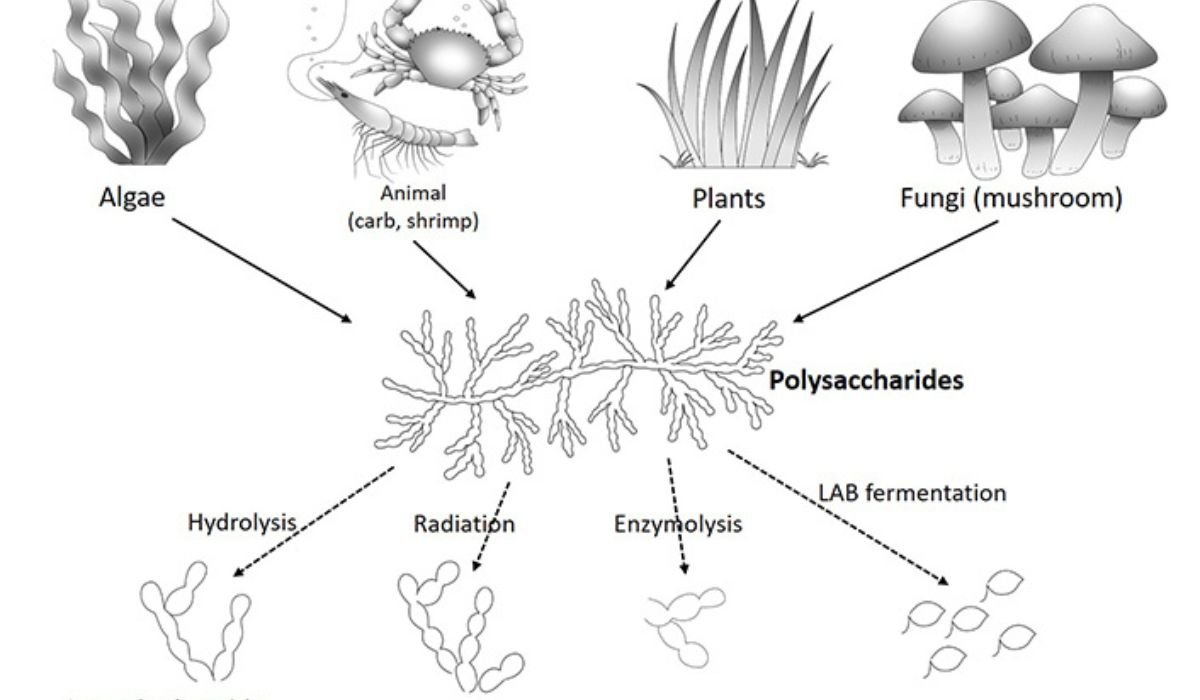Bloodborne pathogens are often associated with hospital settings, needlestick injuries, or unsafe drug use. However, some of the most dangerous bloodborne pathogens—such as HIV, Hepatitis B (HBV), and Hepatitis C (HCV)—are not only spread through contact with infected blood but also through sexual transmission. This dual pathway makes them especially concerning from both a public health and personal safety perspective.
In this article, we explore how pathogens that primarily thrive in the bloodstream also become sexually transmitted infections (STIs), with a focus on HIV as the most prominent example. From contaminated needles to intimate contact, understanding these transmission routes is vital to prevention, early detection, and reducing stigma.
What Are Bloodborne Pathogens?
Bloodborne pathogens are infectious microorganisms that can be transmitted through human blood and cause disease in humans. They are commonly transmitted through direct exposure to infected blood, such as through:
- Needlestick injuries
- Shared needles or syringes
- Open wounds and cuts
- Mucous membrane contact (e.g., eyes, nose, mouth)
The most serious and well-known bloodborne pathogens include:
- HIV (Human Immunodeficiency Virus)
- HBV (Hepatitis B Virus)
- HCV (Hepatitis C Virus)
While all three can be transmitted through blood, they are also capable of being passed through sexual contact, making them both bloodborne and sexually transmitted infections.
How Bloodborne Pathogens Become Sexually Transmitted
Sexual transmission of bloodborne pathogens occurs when infected blood, semen, vaginal fluids, or other secretions come into contact with mucous membranes during sexual activity. Here’s how this transition happens in real-life situations:
1. Mucosal Tissue Vulnerability
The tissues inside the vagina, anus, and urethra are rich in mucous membranes, which are highly absorbent and susceptible to microscopic tears during sex. These tears allow pathogens to enter the bloodstream directly.
2. Viral Load in Semen and Vaginal Fluids
Infected individuals can carry high concentrations of HIV, HBV, or HCV in semen, vaginal secretions, and rectal fluids. During unprotected sex, these fluids can transmit the virus to an uninfected partner—even if there’s no visible blood.
3. Sexual Behaviors with Higher Risk
Anal sex (especially receptive) carries the highest risk due to the fragile tissue lining of the rectum.
Vaginal sex also poses significant risk, especially if condoms are not used.
Oral sex is lower risk but not risk-free, especially if sores or cuts are present in the mouth.
HIV: The Dual Threat
Among all bloodborne pathogens, HIV is the most extensively studied and widely known for its dual transmission routes.
How HIV Spreads Through Needles:
Sharing contaminated needles or syringes during drug use is a direct path for blood-to-blood transmission.
Even a trace amount of infected blood left in a needle can carry enough virus to infect another person.
How HIV Spreads Sexually:
HIV is present in semen, vaginal fluids, rectal fluids, and breast milk.
Unprotected sex with an infected partner can allow the virus to cross into the bloodstream through mucosal surfaces.
Why HIV Is So Effective at Dual Transmission:
It targets immune cells directly.
It survives in certain body fluids long enough to infect during high-risk behaviors.
Many people infected with HIV may not show symptoms for years, unknowingly spreading the virus.
Other Bloodborne STIs: HBV and HCV
Hepatitis B Virus (HBV)
Highly contagious and is often more easily transmitted sexually than HIV. Found in blood, semen, and vaginal secretions.
It can be transmitted through sex, needlesticks, or sharing personal items like razors. A vaccine is available and highly effective.
Hepatitis C Virus (HCV)
Primarily transmitted through blood-to-blood contact. Sexual transmission is less common but possible—particularly among men who have sex with men, or in the presence of co-infections like HIV or genital sores.
No vaccine exists, but effective treatments are now available.
Co-Infection Risks: The Dangerous Combination
Co-infection—having more than one infection at the same time—is common in people exposed to both unsafe sex and needle-sharing practices. For example:
- HIV and HCV co-infections are common among people who inject drugs.
- HIV and HBV co-infections can accelerate liver damage and complicate treatment.
These co-infections not only worsen patient outcomes but also increase infectiousness, making it easier for someone to pass multiple diseases to their partner or others.
Prevention: Protecting Yourself and Others
Preventing the spread of bloodborne STDs requires both behavioral changes and medical interventions. Here’s what works:
- Safe Sexual Practices
- Use condoms consistently and correctly during all types of sexual activity.
- Get tested regularly for HIV, HBV, HCV, and other STIs.
- Limit the number of sexual partners or maintain a mutually monogamous relationship.
Safe Injection Practices
- Never share needles or syringes.
- Use needle exchange programs when available.
- Clean skin and use sterile equipment during any injection.
Vaccination and Prophylaxis
Get vaccinated for Hepatitis B—especially if you are at high risk.
Consider PrEP (Pre-Exposure Prophylaxis) if you are at ongoing risk for HIV (e.g., partners of HIV-positive individuals or injection drug users).
Post-Exposure Prophylaxis (PEP) can help if you’ve had a known recent exposure—ideally within 72 hours.
Reducing Stigma: An Essential Part of Prevention
Stigma around both HIV and drug use can discourage people from getting tested or seeking help. Education and open dialogue are crucial to:
- Encourage people to use preventive measures without fear or shame.
- Promote early testing and treatment to reduce the spread of infection.
- Support vulnerable groups—including people who inject drugs and LGBTQ+ communities.
When society creates a safe space for awareness and support, fewer people fall through the cracks.
Conclusion
The phrase “from needles to intimacy” is more than a metaphor—it’s a stark reality. Bloodborne pathogens like HIV, HBV, and HCV bridge the gap between two seemingly different worlds: intravenous drug use and sexual relationships. But through shared understanding, public health interventions, and personal responsibility, we can break the chain of transmission.
By practicing safe behaviors, promoting regular testing, supporting vaccination, and removing the stigma around infection, we can protect ourselves and others from these preventable and manageable diseases.



